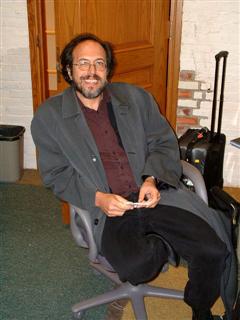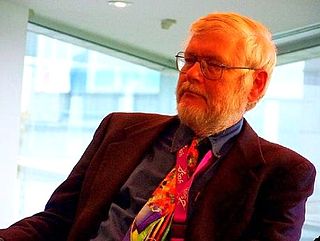A Quote by Rainer Weiss
We know about black holes and neutron stars, but we hope there are other phenomena we can see because of the gravitational waves they emit.
Quote Topics
Related Quotes
We've seen black holes, which is already wonderful. We also expect to see the merger of neutron stars, and that was a thing that actually gave this field a certain credibility when it was discovered that there were pairs of neutron stars in our galaxy, and people stopped laughing at us when that was found out.
You know we're in a planet surrounded by certain kinds of frequencies and noise. The earth's magnetic sphere makes weird sounds. The sun you know the heart of our solar system makes noise. Even interstellar phenomena like black holes. You know people have studied them and a black hole can emit sound in like the range of 20,000 octaves below B flat.
When the signal reached LIGO from a collision of two stellar black holes that occurred 1.3 billion years ago, the 1,000-scientist-strong LIGO Scientific Collaboration was able to both identify the candidate event within minutes and perform the detailed analysis that convincingly demonstrated that gravitational waves exist.
But if you think about a practical implication of enriching your life and giving you a sense of being part of a larger cosmos and possibly being able to use this [gravitational waves] as a tool in the future maybe to listen not just to black holes colliding, but maybe listen to the big bang itself, those kind of applications may happen in the not too distant future.



























